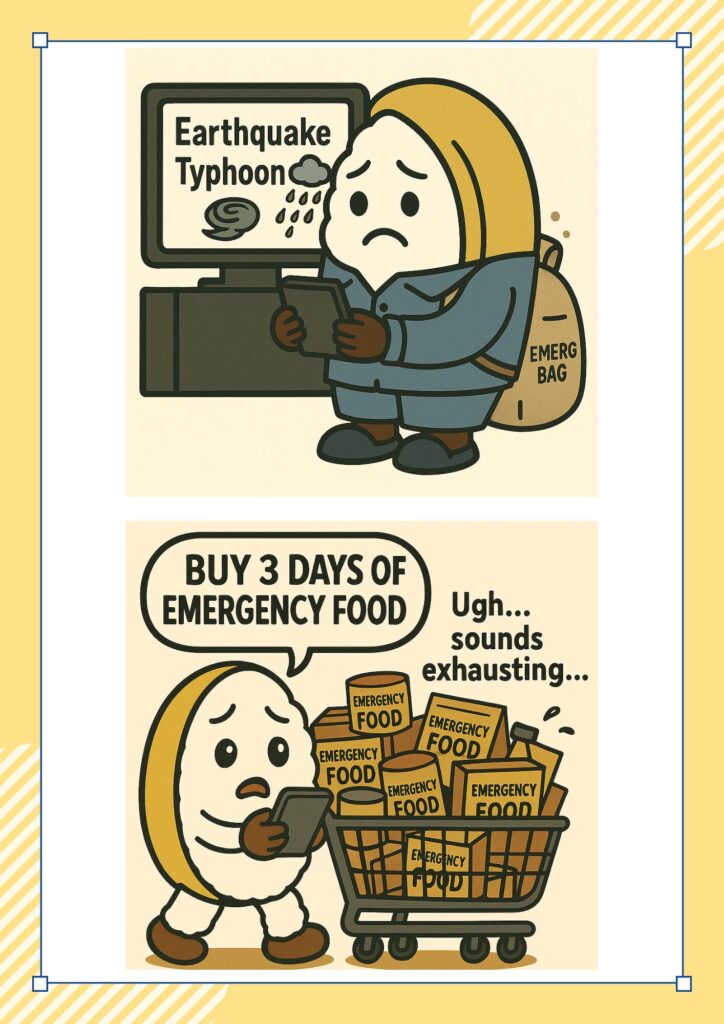

Japan faces constant disasters: earthquakes, typhoons, tsunamis, and volcanoes.
When I lived in Miyagi during the 2011 Great East Japan Earthquake, I had zero emergency supplies—and I really struggled.
That’s how I, a lazy homemaker, found “rolling stock,” a super easy way to keep emergency food ready.
This guide shares real Japanese disaster prep, especially for international readers.
- 🌏 Why Is Disaster Preparedness So Important in Japan?
- 🌀 What Is “Rolling Stock”? — Japan’s Low-Stress Disaster Prep Method
- 🧃 My Family’s Real-Life Rolling Stock List (Emergency Food We Actually Eat)
- 💡 Tips for Rolling Stock That Even Lazy Moms Can Do
- 🥰 Let’s explore Japan’s unique emergency foods!
- Disaster Preparedness: Effortless “Rolling Stock” for Everyone
- Coming Up Next: Daily Essentials & Disaster Preparedness Gear for Peace of Mind
🌏 Why Is Disaster Preparedness So Important in Japan?
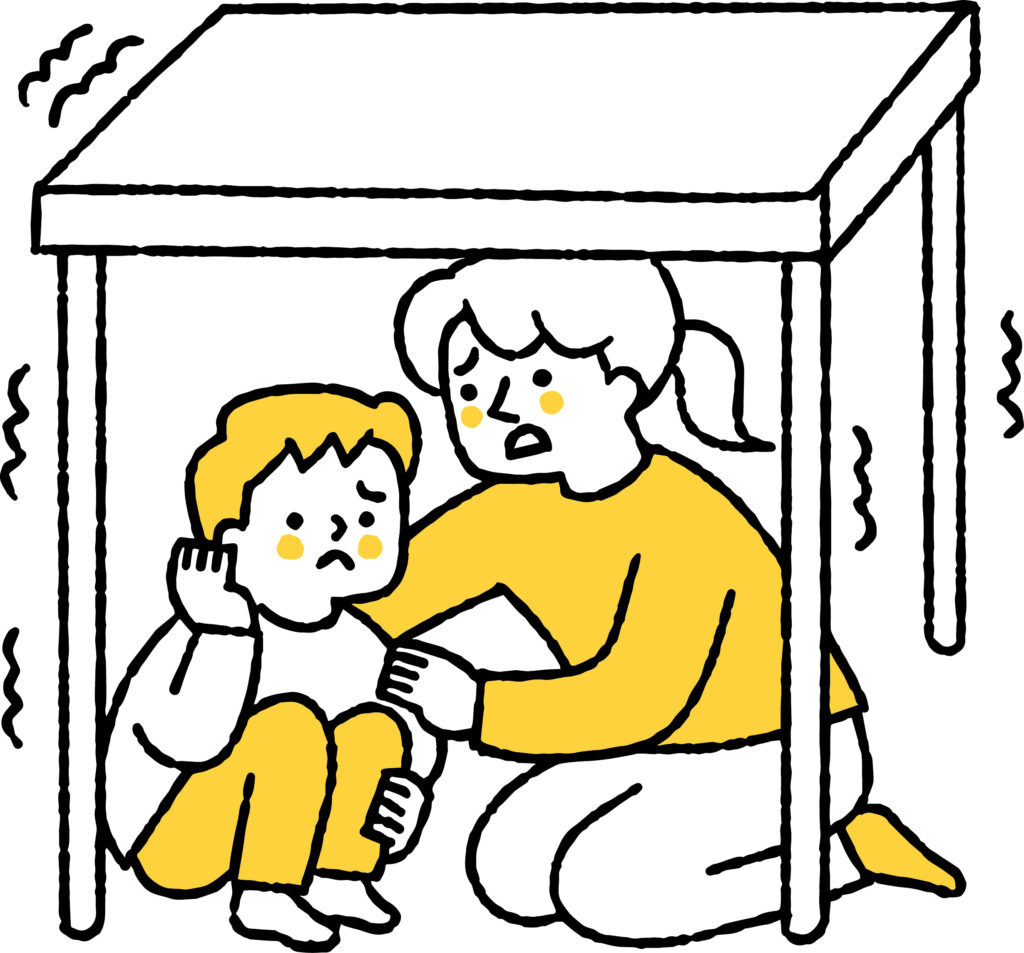
Japan experiences frequent natural disasters, including:
- Earthquakes
- Typhoons
- Tsunamis
- Volcanic eruptions
Because of this, schools and workplaces hold regular evacuation drills, and families are encouraged to be prepared at all times.

But let’s be honest—I’m not the type to have a perfectly organized emergency backpack by the door 😅
So I needed a method that even someone like me could stick to long-term.
🌀 What Is “Rolling Stock”? — Japan’s Low-Stress Disaster Prep Method
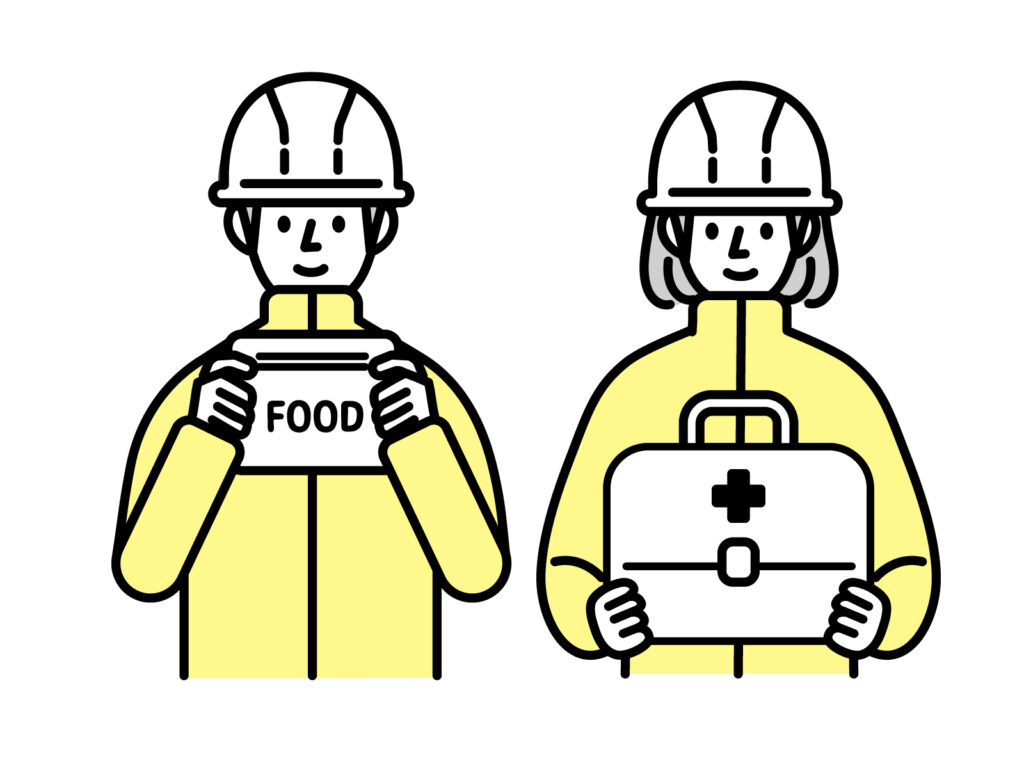
It’s effortless, practical, and actually sustainable.
🧃 My Family’s Real-Life Rolling Stock List (Emergency Food We Actually Eat)

Here’s what we keep stocked to survive for a few days at home during an emergency:
- Canned mackerel and sardines in miso (tasty on rice!)
- Instant cup noodles (just need hot water—familiar and comforting)
- Dried noodles (like somen or udon)
- Instant miso soup powder (just add hot water)
- Pasta & ready-to-eat pasta sauce (no heating needed)
- Retort pouch curry
- Pancake mix (can make steamed pancakes by boiling the batter in a heat-safe bag)
- Nissin “Gorogura” granola (great for breakfast or snack)
- Long-shelf-life bread & canned bread
- Shelf-stable jelly cups
- Canned biscuits,Chocolate
- Ramune candy (popular in Japan!)
- Bottled water, green tea, sports drinks
- Vegetable juice (for vitamin supplementation)
- Instant café au lait & lemon drink powder (comforting and quick)
▼Pancake mix (can make steamed pancakes by boiling the batter in a heat-safe bag)
💡 Tips for Rolling Stock That Even Lazy Moms Can Do

Choose foods your family already loves
(There’s no point in stocking food that kids won’t eat.)
Start small: 3 days’ worth is enough at first
(No need to be perfect!)
Keep it where you can easily see it; otherwise, you’ll forget about it

I once found 5 expired cans buried in the back of a cabinet… 😱
Now, I keep our stock where I can see it and replenish as we eat.
🥰 Let’s explore Japan’s unique emergency foods!

In Japan, we focus on disaster prep that blends into daily life.
Even snacks and sweet drinks are considered part of disaster preparedness because they bring comfort and reduce stress, especially for kids.
You’ll also find long-lasting emergency food here, like:
- Variety of flavored Freeze-dried Japanese rice meals (can last 5 years)
- Retort pouches with simmered vegetables and soups
- Yokan (Sweet red bean paste)
But truth be told, I used to stock those “special” foods and my kids wouldn’t eat them.
That’s why I now stick with familiar foods that we already enjoy.
Disaster Preparedness: Effortless “Rolling Stock” for Everyone
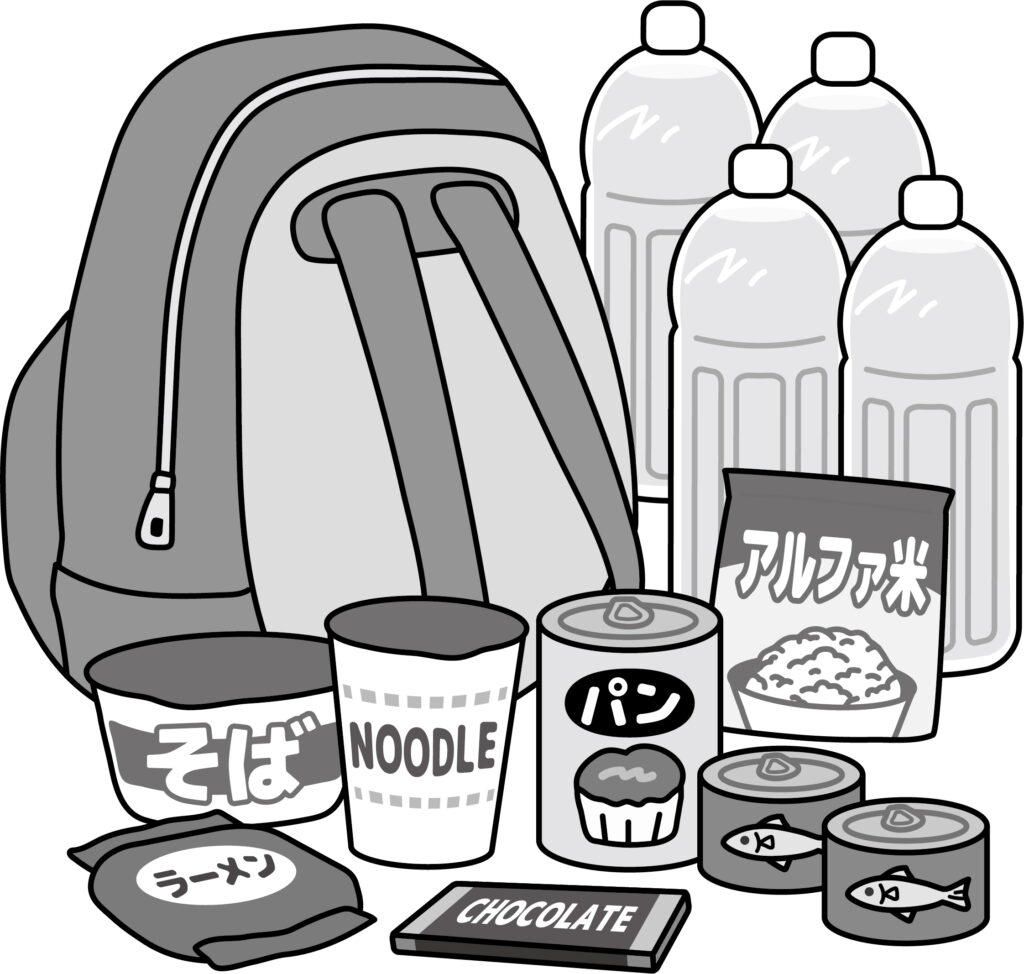
In Japan, where natural disasters are a regular occurrence, there’s a widely adopted philosophy: integrate disaster preparedness into your everyday life. We call this “rolling stock.” It’s about buying a little extra of your regular groceries and daily necessities, using the oldest items first, and then simply replacing what you’ve used. This way, you always maintain a certain level of supplies while minimizing worries about expiration dates.
Even if you’re as lazy as I am, you can absolutely do this. Why not start by picking up just one or two extra cans or retort pouches next time you’re at the store?
Coming Up Next: Daily Essentials & Disaster Preparedness Gear for Peace of Mind
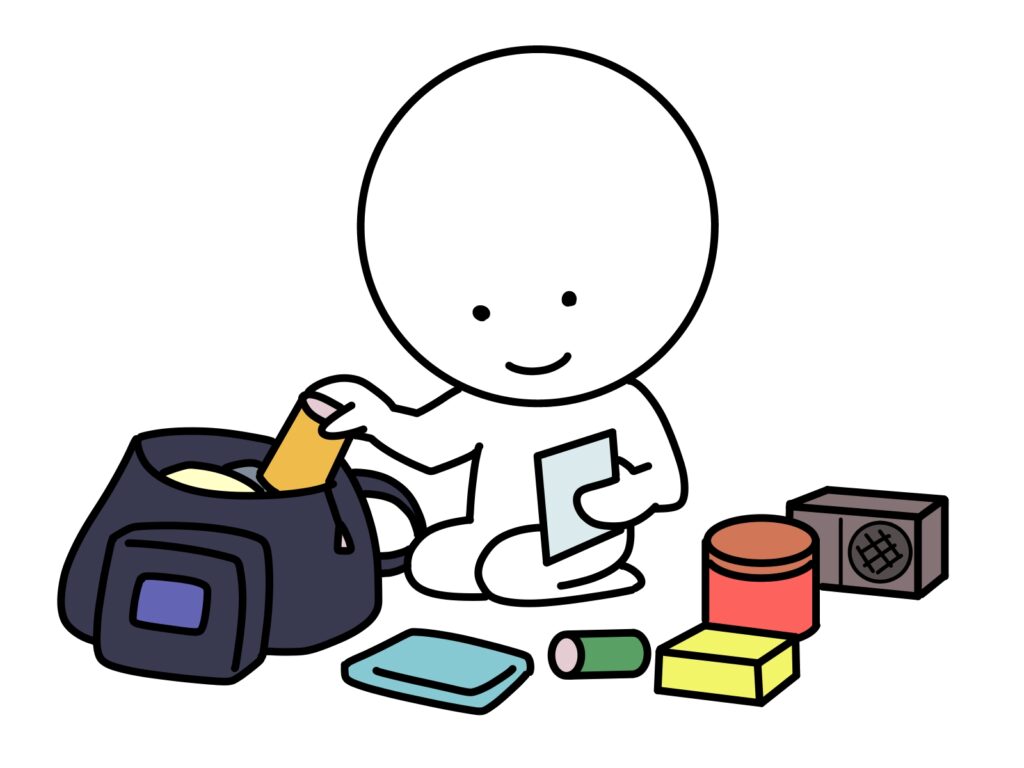
This time, we focused on food stockpiling, especially the “rolling stock” method. But disaster preparedness goes beyond that.
Next time, I’ll share my personal tips for stocking daily necessities and introduce some truly useful disaster preparedness items that even a lazy person like me managed to gather. I’m sure you’ll find it insightful.
I hope this article helps you take the first step in preparing for “what if.” Thanks for reading!

Tell us in the comments: What everyday foods from your country could be great for rolling stock?
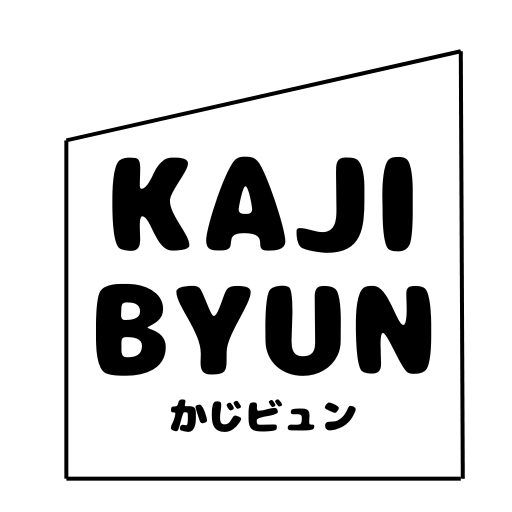
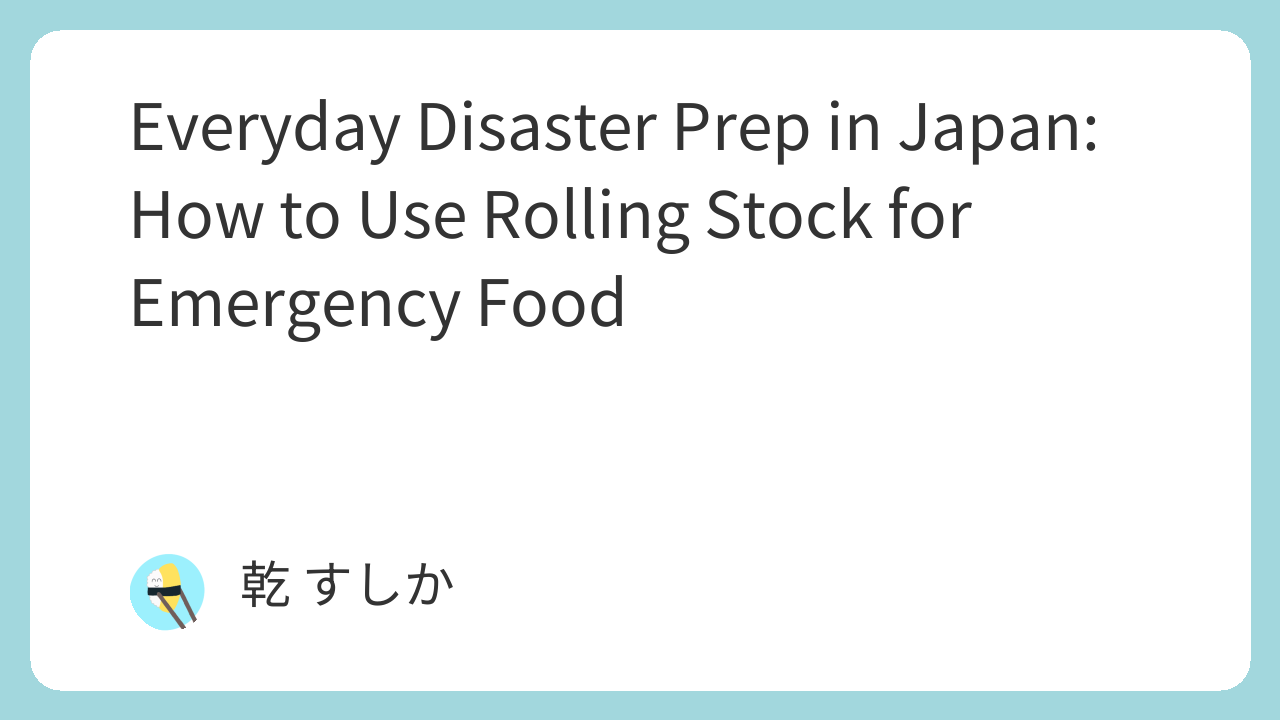
コメント